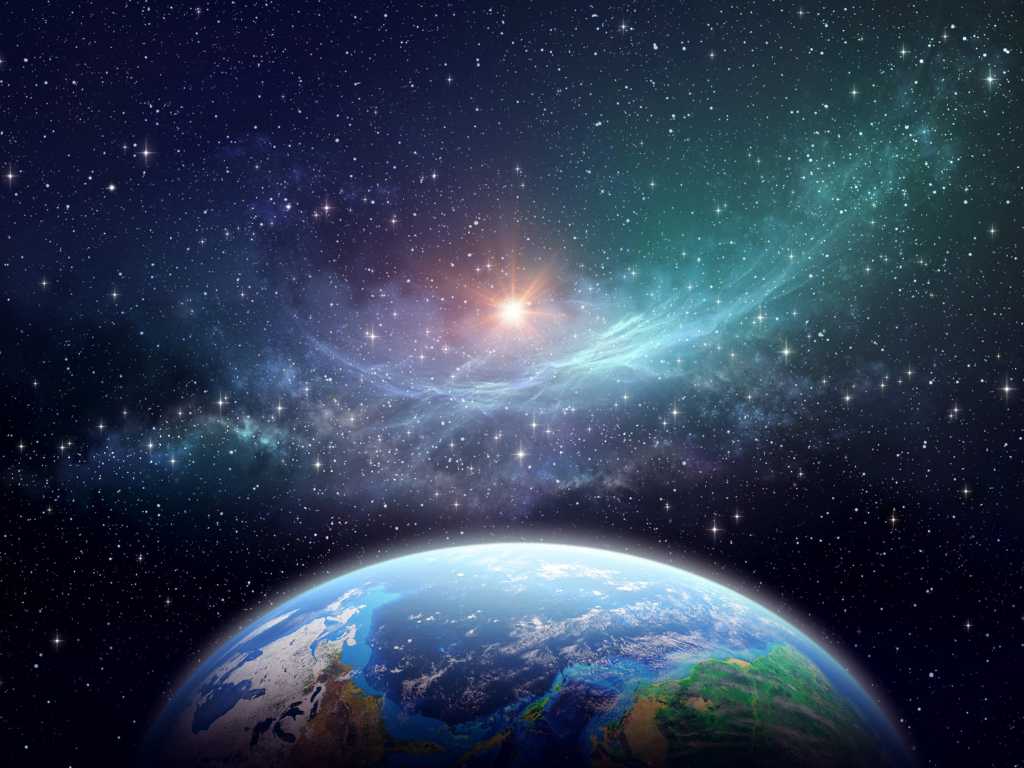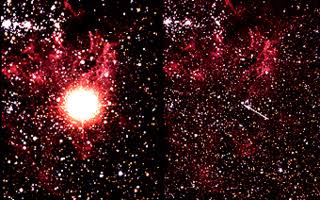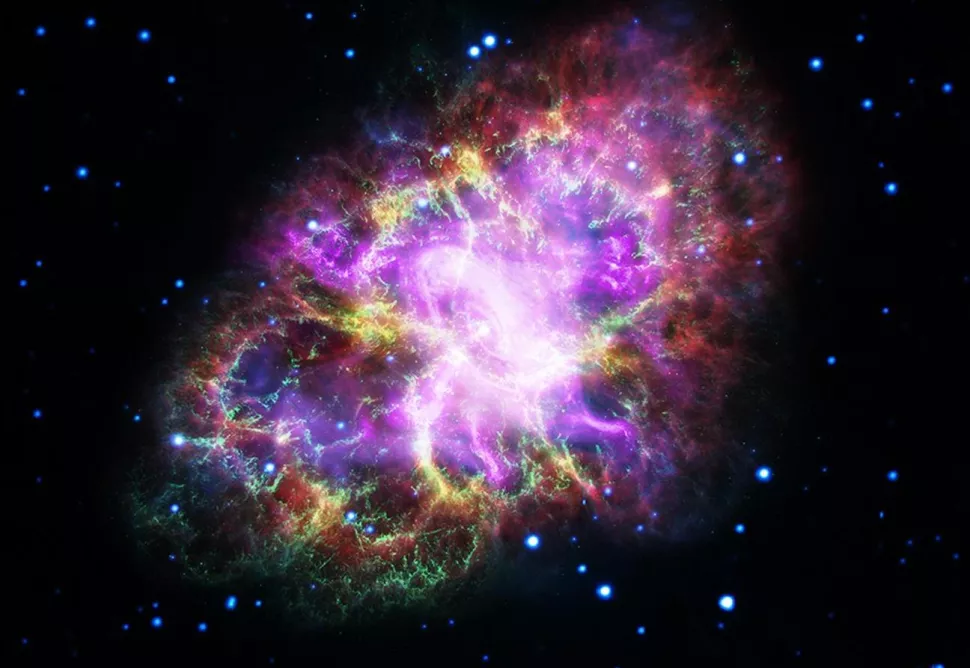The Supernova explosion is the most massive explosion that humans have ever witnessed. Each blast represents a star’s extraordinarily brilliant, super-powerful explosion. We believe that one supernova explosion happens somewhere in the Milky Way Galaxy every 25 to 100 years. Based on historical records of such explosions, studies of the remnants of supernovae in our Galaxy, and assessments of supernovae in other galaxies.
However, since the advent of the telescope, no supernova explosion has been observed in our Galaxy. Either we’ve been extremely unlucky, or recent explosions have taken place in regions of the Galaxy where interstellar dust prohibits light from reaching us.
Where Do Supernovas Occur?
Supernovae are often observed in distant galaxies. However, supernovas are difficult to spot in our own Milky Way galaxy due to dust that obscures our vision.
Johannes Kepler found the last observed supernova in the Milky Way in 1604. The Chandra telescope operated by NASA detected the remnants of a more recent supernova It detonated in the Milky Way almost a century ago.
Read: Which Supernova explosion can be seen in 2022?
What causes a supernova to erupt?
One sort of supernova is triggered by a dying giant star’s final gasp. This occurs when a star with at least five times the mass of our sun explodes with a spectacular explosion!
Massive stars use massive quantities of nuclear fuel to power their cores or centers. This generates a tremendous amount of energy, causing the core to become extremely hot. Pressure is created by heat, and the pressure created by a star’s nuclear burning keeps it from collapsing.
A galaxy is in the midst of a battle between two opposing powers. The gravity of the star attempts to crush the star into the tiniest, tightest ball possible. However, the nuclear material burning in the star’s core generates a lot of outward pressure.
This outward push opposes gravity’s inward grip. When a large star’s fuel is exhausted, it cools down. As a result, the pressure drops. Gravity triumphs and the star abruptly crashes.
Consider something a million times the mass of the Earth crashing in 15 seconds! The collapse occurs so swiftly that it generates huge shock waves, causing the star’s outer rim to burst.
Read: Will the Supernova in 2022 affect Earth?
What can supernovae teach us?
Supernovas have taught scientists a lot about the cosmos. They utilize the second kind of supernova (the white dwarf type) as a yardstick to measure distances in space. They’ve also discovered that stars serve as the universe’s manufacturers.
The chemical ingredients required to create everything in our universe are created by stars. Stars transform basic atoms like hydrogen into heavier elements in their centers.
These heavier elements, such as carbon and nitrogen, are required for life to exist. Heavy metals like gold, silver, and uranium can only be created by big stars. When stars explode, they disperse both stored-up and freshly generated components across space.
How do scientists investigate supernovae?
NASA scientists hunt for and then examine supernovas using a variety of telescopes. The NuSTAR (Nuclear Spectroscopic Telescope Array) project, for example, employs X-ray vision to examine the universe.
Scientists are using NuSTAR to study supernovae and young nebula to understand more about what happens before, during, and after these stunning explosions.
Will a supernova explosion occur in 2022?
A binary star system will most likely join and explode around 2022, according to research done by a group of Calvin College professors in Grand Rapids, Michigan.
This is a significant discovery because it will allow scientists to see a star merger and explosion for the first time in history. Furthermore, they say that this explosion will be visible to spectators on Earth with the naked eye.
The findings were presented during the American Astronomical Society’s 229th Meeting (AAS). Professor Lawrence Molnar and his colleagues presented data that reveal how this binary pair would combine in around six years in a presentation titled A Precise Prediction of a Stellar Merger and Red Nova Outburst.
They believe that this event will result in a blaze of light so intense that it will become the brightest object in the night sky.
Why do scientists investigate supernovae?
A supernova lasts only a few minutes, yet it may teach scientists a lot about the cosmos. Scientists have discovered that we live in an expanding universe that is growing at an increasing rate thanks to one type of supernova.
Scientists have also discovered that supernovas play an important role in the distribution of elements across the cosmos. When a starburst, it launches elements and debris into space.
Many of the elements found on Earth are created in the cores of stars. These elements combine to create new stars, planets, and everything else in the cosmos.
How Do NASA Scientists Search for Supernovae?
NASA scientists employ a variety of telescopes to search for and analyze supernovas. The visible light from the explosion is observed using telescopes. Others collect data from X-rays and gamma rays, which are also created. Images of supernovas have been recorded by NASA’s Hubble Space Telescope and the Chandra X-ray Observatory.
NASA launched the first orbiting telescope that concentrates light in the high-energy part of the electromagnetic spectrum in June 2012. The NuSTAR mission has a variety of tasks to complete. It will be on the lookout for collapsing stars and black holes. It will also look for supernova remnants.
Scientists want to understand more about stellar explosions and the elements produced by supernovas.
Conclusion
However, since the advent of the telescope, no supernova explosion has been observed in our Galaxy. Whether we’ve been extremely unlucky, or recent catastrophes in parts of the Galaxy where interplanetary dust prevents light that reaching us have happened.
A supernova is a massive stellar explosion. Several forms of supernova have been recognized by scientists. One form, known as a “core-collapse” supernova, happens near the end of the lives of massive stars at least eight times the size of our Sun. These stars generate heat when they burn the fuel in their cores.
Recent posts:


